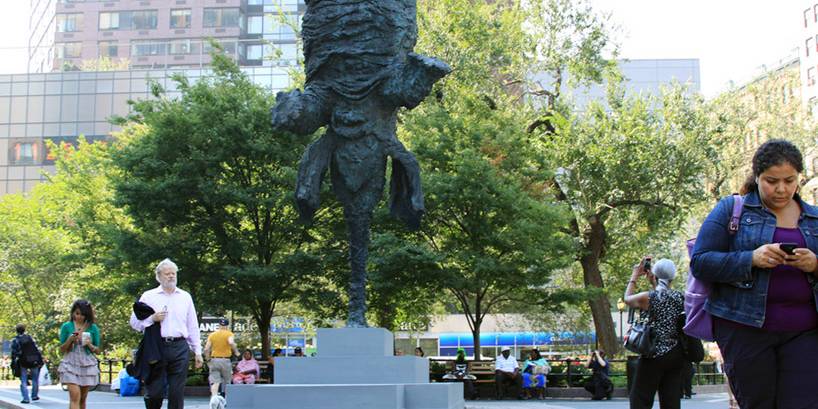
Miquel Barceló: life, works and legacy of Spain’s most international contemporary artist
Miquel Barceló (Felanitx, Mallorca, 1957) is one of Spain’s most influential and international contemporary artists. A painter, sculptor and multidisciplinary creator, his work has been exhibited at leading museums and biennales worldwide, securing his place as a benchmark of avant-garde art.
Barceló’s career is marked by experimentation with materials, textures and unconventional techniques. Since his early days, he has explored the boundaries between painting, sculpture and architecture, creating a visual language that is instantly recognizable.
The style of Miquel Barceló
Barceló constantly seeks material innovation. He has worked with natural pigments, volcanic soil, ash, sand and organic elements that give his works a living, evolving presence.
In sculpture, he favors bronze and clay as expressive media. His pieces transmit movement, intentional deformation and a strong expressionist character. These qualities connect his work with centuries-old traditions such as artistic foundry, still essential for monumental projects.
Iconic works of Miquel Barceló
Some of Barceló’s most significant creations include:
-
The Chapel of Santísimo, Palma Cathedral (2007), a reinterpretation of Gothic space with ceramic reliefs inspired by the Mediterranean.
-
The dome of Room XX at the UN in Geneva, also known as The Human Rights and Alliance of Civilizations Room, a spectacular ceiling with multicolored stalactites symbolizing diversity and dialogue.
-
Bronze sculptures, where organic shapes and monumental presence merge.
Miquel Barceló and contemporary sculpture
Although best known as a painter, Barceló has developed an essential sculptural dimension. He often uses lost wax casting, an ancestral technique in bronze that achieves unique textures and finishes.
His interest in matter directly connects with specialized workshops dedicated to large-scale projects, involving techniques like traditional mold making and sculpture installation and transport.
International recognition
Barceló has represented Spain at the Venice Biennale and exhibited in institutions such as the Centre Pompidou, the Guggenheim Museum and the Museo Reina Sofía. His works are part of major collections and achieve record sales at international auctions.
His success lies not only in his creative talent but also in his ability to connect with the essence of matter, gesture and collective cultural memory.
Conclusion
Miquel Barceló stands as one of the great names in contemporary art. His experimental approach, mastery of painting and sculpture, and monumental projects place him among the most influential artists of our time.
👉 Learn more about the creative processes that make large-scale sculptures possible with Alfa Arte.